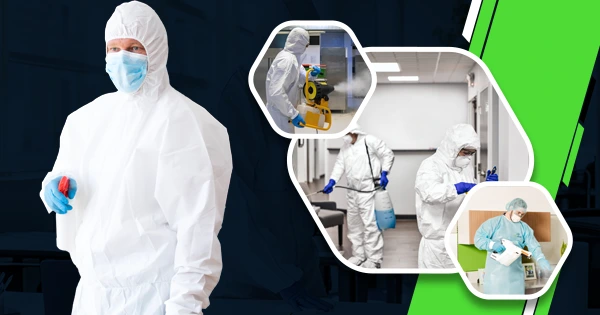Maintaining a clean and sanitized workplace is essential for the health and safety of employees. Disinfection strategies not only help in reducing the spread of germs but also create a more productive and welcoming environment for everyone.
Why Disinfection Matters
Workplaces are high-touch environments where bacteria and viruses can easily spread. Regular disinfection is crucial to minimize health risks and ensure compliance with safety standards.
Professional Disinfection Services
Relying on expert disinfection cleaning services helps businesses maintain a safe environment. These services focus on eliminating harmful pathogens from all high-risk areas, keeping employees and visitors protected.
Office-Specific Hygiene Solutions
Workspaces such as desks, meeting rooms, and shared facilities require specialized attention. Partnering with office cleaning services ensures that both general cleaning and thorough disinfection are handled effectively.
Conclusion
A proactive approach to cleanliness through effective disinfection strategies boosts workplace health, prevents illness, and promotes overall well-being. Combining professional support with daily hygiene practices ensures a healthier and more productive work environment.


